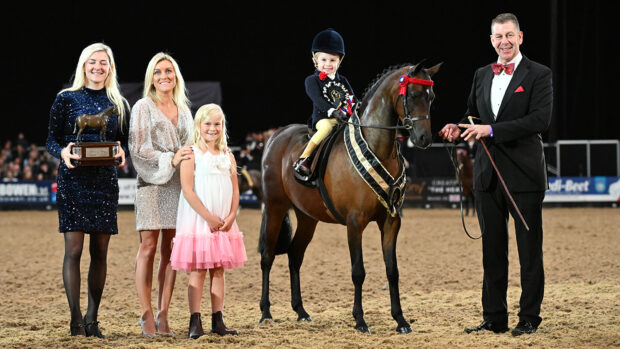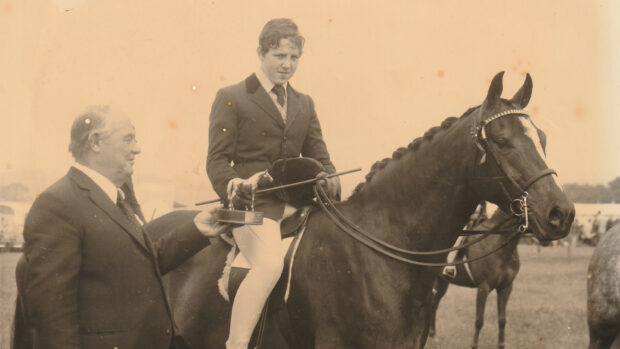In our 2019 showing special (28 March issue) we get an insight into the current marking system used in pony qualifiers. While generally accepted among pony competitors, in recent years the concept has been integrated into some horse classes, giving rise to differing views.
In our two-part big showing debate, H&H asks: ‘do you think the marks system is a positive aspect of showing, or do you think it’s time for change?’
Leading pony judges Robert Parker-Jones and show organiser and steward Paul Davis explain why they believe using traditional methods of judging without a marking system is preferably to relying on the marking system…
Marks make the go-round irrelevant
“The second horses and ponies enter the ring, a showing class has officially begun,” says Robert. “Judges are comparing animals in preparation for calling them into line. The order that animals are called in should reflect the go-round and that all-important first impression. With marks, animals are often placed in no particular order thus making the go-round unnecessary and irrelevant.”
Paul says: “Many judges do not pull in an order and rely on the marks to sort the class. This really does make the go-round pointless. This also creates another problem in which nobody knows where they are in the scheme of the class at the start. This then leads to safe shows in order not to lose marks.”
Individual shows lose flair
“Individual shows are an opportunity for riders to show off their animals and this is where flair, individuality and presence should come to the forefront,” says Robert. “Without marks a judge can be impressed or disappointed, without having to consider how many points a combination deserves. Placings can be altered after an individual performance to reflect a judge’s pleasure or disappointment. Marks have arguably stifled flair and individuality with riders afraid of losing marks for minor misdemeanours.”
Lack of judge collaboration
As an active show steward, Paul says that he has noticed that marks can mean that there is little or no communication between judges: “The marks can sometimes throw up surprises when a pony that both judges only ‘sort of’ liked comes up above one that might be a more worthy winner.”
The set show challenges
“Prior to marks, riders came out of line ready to impress the judge with an inspiring performance,” says Robert. “If called in first, you were never going to win without 100% effort. The set show has been popularised by marks, with judges awarding good marks for those that can perform the set tricks without any errors.”
The loss of the all-important final walk-round
Robert says: “After performance and conformation had been assessed, a class would traditionally be asked to walk around the ring while final decisions were made. Before marks, this practice could completely change a result, with the animal with that star quality getting the nod; this key component is completely emitted in a marked class.”
Paul agrees: “So many classes can be won — or lost — on the final walk-round. Pre-marks, your horse had to be on show for the whole class. Not so much now, which is a great shame.”
An unnecessary stress
Robert says: “Without marks, the judge’s decision is final. With marks, the decision is final pending checking by exhibitors — mistakes discovered after the class mean placings can change as a result. Without marks, judges will not have to suffer the insults and criticism levelled at them when competitors are not happy with a mark received. It produces a result that stands and cannot be altered. No more ‘they need to visit Specsavers’ or ‘did they think my pony only had three legs?’ comments. If there are crooked judges officiating at shows, will marks stop them from manipulating results? In many ways marks make it easier to obtain a required result whereas reflection and discussion makes it more difficult.”
Paul says: “It is sometimes seen that competitors cannot work out that the mark they received on the day of the show is literally just a ranking. If they got a 43 in one class, they are in doom and gloom if they should get a 32 at another show. How often have we seen comments like ‘He must have lost a leg between classes’. Competitors also don’t seem to grasp that 25 is the average mark for each phase and get so despondent if they are marked in the 20s.
For all the latest equestrian news and reports, don’t miss Horse & Hound magazine, out every Thursday. The 2019 showing special is out now!




